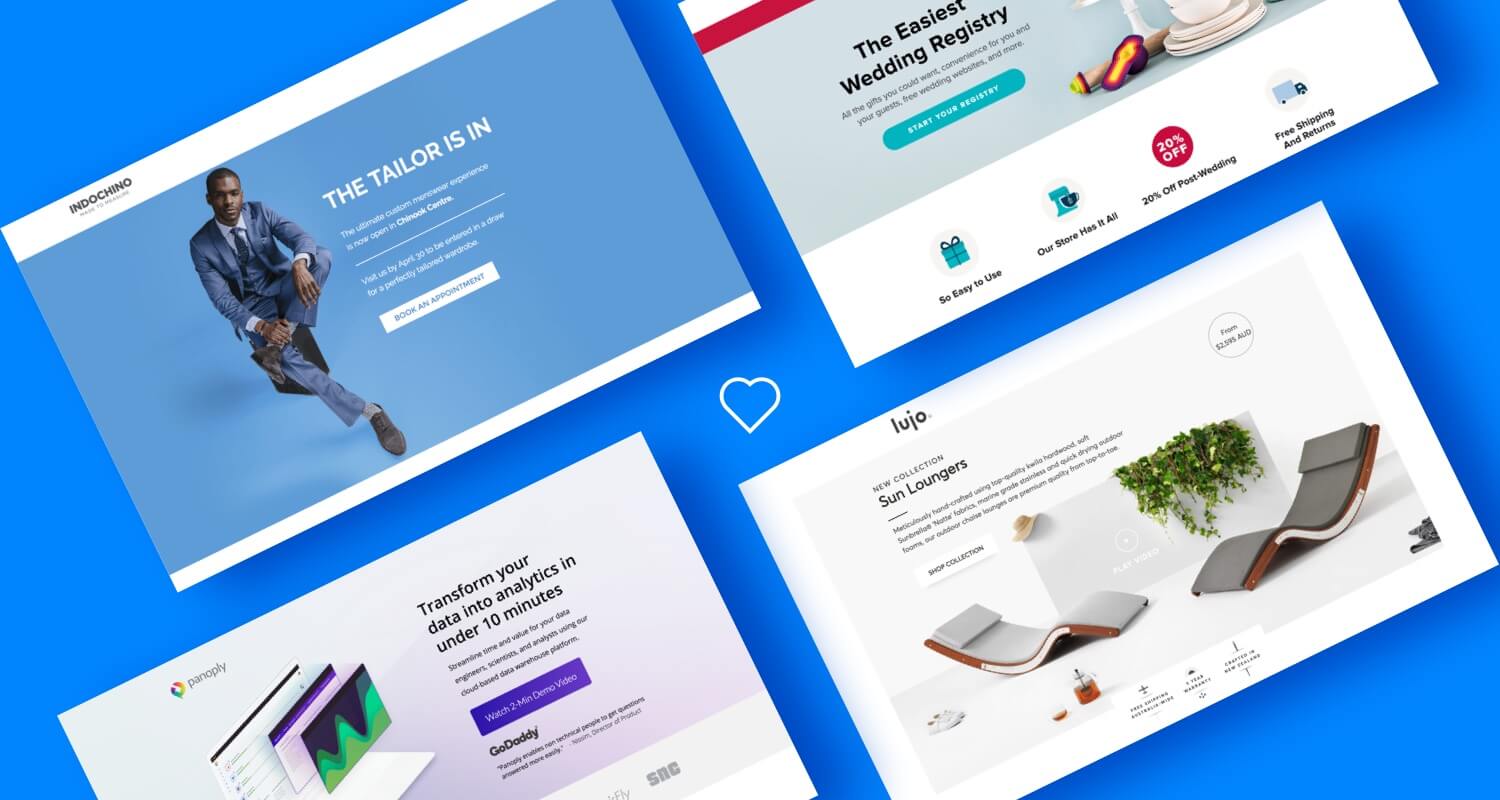Pulse of Information
Stay updated with the latest news and insights.
When Less is More: The Surprising Secret to Landing Page Success
Unlock the secret to landing page success! Discover how simplicity can drive conversions and boost your results like never before.
The Art of Simplicity: How Minimalism Boosts Your Landing Page Conversion Rates
In today's fast-paced digital world, minimalism has emerged as a potent design philosophy that emphasizes the idea that less is more. By removing clutter and unnecessary elements from your landing page, you can create a more focused and inviting user experience. A minimalist design not only enhances aesthetic appeal but also directs users' attention to key calls to action, which is vital for boosting conversion rates. When visitors encounter a clean layout with a clear purpose, they are more likely to engage with your content and ultimately make a decision in your favor.
To effectively implement minimalism in your landing page, consider these essential tips:
- Limit your color palette: Stick to a few complementary colors to create harmony.
- Use ample white space: Allow breathing room around elements to prevent overwhelming visitors.
- Prioritize content: Highlight essential information and avoid distractions.

Is Less Really More? Understanding the Psychology Behind Effective Landing Pages
The phrase “less is more” embodies a fundamental principle in the design of effective landing pages. In an era where consumer attention spans are dwindling, cluttering a landing page with excessive information can deter potential leads. Instead, a minimalist approach can enhance user experience by creating a focused path. By prioritizing essential elements—such as a strong headline, a compelling call-to-action, and a succinct value proposition—web designers can effectively guide visitors towards conversion. This simplicity fosters an environment where users can digest information rapidly, thus increasing the likelihood of engagement.
Understanding the psychology behind human behavior is crucial when designing landing pages. Studies show that users are more inclined to follow through with actions when faced with fewer distractions. By employing the principles of Gestalt psychology, designers can create visual hierarchies that naturally lead the eye towards key information. For example, using contrasting colors to highlight calls-to-action or grouping related content can significantly improve clarity and engagement. As a result, the function of a landing page shifts from merely presenting information to effectively persuading visitors, making a strong case for why less really is more.
5 Key Elements to Keep on Your Landing Page for Maximum Impact
Creating an effective landing page begins with understanding the key elements that capture visitor interest and drive conversions. First and foremost, a strong headline that succinctly conveys the value of your offer is crucial. This should be accompanied by a well-placed subheadline that provides additional clarity. Pair these elements with a compelling call-to-action (CTA) button that stands out on the page. It’s also essential to utilize high-quality images or videos that resonate with your target audience, helping to further illustrate your message and enhance engagement.
Moreover, your landing page should feature social proof to build trust and credibility. This can include testimonials, endorsements from influencers, or statistics demonstrating the success of your product or service. Keeping the design clean and clutter-free will ensure that visitors can easily focus on the main content without distractions. Lastly, implementing responsive design is critical, as it allows your landing page to perform well across various devices, ensuring a seamless user experience. By focusing on these five key elements, you can optimize your landing page for maximum impact.